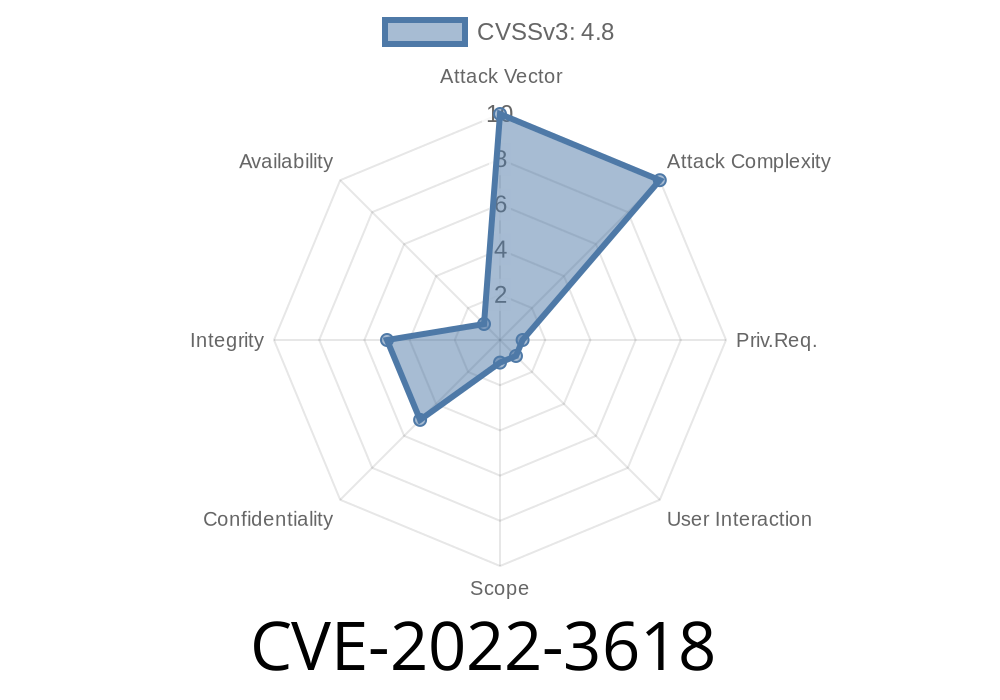In this post, we will be discussing an important security vulnerability (CVE-2022-3618) discovered in the Spacer WordPress plugin, which affects versions earlier than 3..7. The Spacer plugin, used by thousands of websites to insert custom spaces between elements, contains a Stored Cross-Site Scripting (XSS) vulnerability that could allow high-privilege users, such as administrators, to execute malicious code even when the unfiltered_html capability is disallowed (e.g., in multisite setups). It is crucial for users to update their Spacer plugin to the latest version (3..7+) to prevent potential exploitation.
Vulnerability Details: Stored Cross-Site Scripting (CVE-2022-3618)
The vulnerability results from insufficient sanitization and escaping of some of the plugin's settings. This allows high-privilege users to perform Stored Cross-Site Scripting attacks, ultimately putting their site and its users at risk.
An attacker with administrator-level privileges could input malicious JavaScript code into the Spacer plugin settings, which could then be executed by other users visiting the affected site. This could lead to severe consequences, such as stealing sensitive user information or performing unauthorized actions on behalf of the victim.
Exploit Example
The following code snippet demonstrates an example of how an attacker could exploit this vulnerability:
// Malicious code injected by an attacker into the Spacer setting
<script>
(function() {
var xhr = new XMLHttpRequest();
xhr.onreadystatechange = function() {
if (xhr.readyState == XMLHttpRequest.DONE) {
alert(xhr.responseText);
}
}
xhr.open('GET', '/wp-json/wp/v2/users/me?context=edit', true);
xhr.setRequestHeader('Content-Type', 'application/json');
xhr.send(null);
})();
</script>
This script, when injected into the Spacer settings, would send a request to the '/wp-json/wp/v2/users/me?context=edit' endpoint, potentially obtaining user information that could be exploited or misused by the attacker.
Mitigation
To mitigate this vulnerability, it is imperative to update the Spacer plugin to version 3..7 or greater. The latest version ofSpacer plugin can be downloaded and installed through the following link:
Spacer WordPress Plugin
Additionally, always ensure that your WordPress installation is fully updated and to follow best security practices, such as limiting administrative access to trusted users only.
For more information about this vulnerability, you can refer to the following resources
1. CVE-2022-3618
2. WordPress Vulnerability Database
3. Spacer Changelog
Conclusion
The security vulnerability (CVE-2022-3618) identified in the Spacer WordPress plugin before 3..7 poses a serious risk due to its Stored Cross-Site Scripting nature. It is crucial to update the plugin immediately to protect your site and its users from potential exploitation. As always, remain vigilant and adhere to best security practices to maintain a secure and safe web environment.
Timeline
Published on: 11/21/2022 11:15:00 UTC
Last modified on: 11/23/2022 17:47:00 UTC
